When it comes to purchasing equipment, saving money while getting the best deal possible is a tricky balancing act. Alison Moore finds out how one trust is attempting it.
Trusts looking to procure equipment in the current financial climate face a multitude of challenges. According to Tony Stanyard, head of procurement at the Royal Wolverhampton Hospitals Trust, the top three are: complying with the processes which need to be gone through, trying to generate the maximum benefit for the public money which is being spent, and ensuring maximum utilisation of resources.
These challenges are common across all procurement - whether it is goods or services being purchased, he says. And very often the practical issues are around making the best use of resources, including the input of procurement staff.
‘No matter how well we plan there are the things that go bang at 3am when we didn’t think they would’
Like other trusts, Wolverhampton has an ambitious cost improvement target for this year and procurement has to play its part in that. But while it has to cut ongoing costs which count towards CIP, it also has to try to get the best possible deal when it is purchasing equipment.
“As trusts go, the Royal Wolverhampton has a well structured procurement department. We have well qualified people - that is what interested me in moving from another trust,” he says.
“But the key focus within trusts at the moment is the ability to deliver their CIPs which are very challenging year on year. It is a no brainer and common sense that if Supply Chain are able to work with us and provide support and expertise in dealing with requirements why would we not use them?”
Dealing with failure
While full European procurement can be accommodated within a planned procurement process, it can be particularly difficult if a piece of equipment has failed or is repeatedly breaking down as replacement can be held up.
At Wolverhampton, decisions about what to buy are very much driven by clinicians. A clinician chairs the trust equipment group which allocates capital spending on equipment and considers any requests. But the group also has representatives from medical physics, from finance and from procurement.
Most of the equipment it is looking at is clinical - from LINACs to smaller pieces such as ultrasound machines.
‘It is not just how wonderful this bit of kit is, it’s what is the number of patients who will be treated and whether we make savings in terms of nursing and clinical time’
The group needs to prioritise its spending. Each year it will know what equipment is coming up to its planned replacement date but will also have to consider unplanned demands for expenditure - such as when equipment breaks down, or new equipment.
“No matter how well we plan there are the things that go bang at 3am when we didn’t think they would,” he says.
The onus is on the department requesting the equipment to make a business case for money to be spent, says Mr Stanyard.
“As always the amount that is available is significantly less than the shopping list,” he says. “That’s why it is led by clinicians. Procurement can never say we should have one of these rather than one of those. It is very much a challenge and justify meeting.”
Honing the business case
Business cases are often rejected and have to be reworked - although this can sometimes slow the process. Key to a successful case is the difference investing in equipment will make to the trust and its patients.
“It is not just how wonderful this bit of kit is, it’s what is the number of patients who will be treated and whether we make savings in terms of nursing and clinical time,” he says.
Getting the most ‘bangs per buck’ involves planning ahead and involving NHS Supply Chain in discussions so it is aware of the trust’s likely intentions - for example, when it is likely to be in the market for major pieces of equipment.
Potentially, NHS Supply Chain can pool the trust’s requirements with those of other trusts and seek a better price by exploiting these economies of scale.
“We get them to attend our trust equipment meetings so they know upfront what our asset register looks like, what is up there for planned replacement,” he says. “The next stage is to get them involved in our asset tracking activity.”
The trust carefully tracks equipment across its sites and is beginning to use radio frequency tagging, which can store information on maintenance tasks and so on.
‘A trust which has a replacement planning approach is likely to be replacing equipment which is still usable rather than equipment which has broken’
Maintenance is an expensive process for many trusts - and one where there are prospects for savings. Wolverhampton is fortunate to have a strong medical physics department with an in-house team which does much maintenance itself.
While relatively new equipment is likely to be covered by a manufacturer’s warranty, once it is out of warranty one option is maintenance in-house which can be cheaper than a contract for someone else to do it.
Not binning kit
One of the more obscure points about procurement is actually the other end of the process: disposal of equipment which is no longer needed. A trust which has a replacement planning approach is likely to be replacing equipment which is still usable rather than equipment which has broken.
This means there is likely to be some second-hand value. Mr Stanyard says that such equipment can be sent for auction, and will be sold with checks on its operation and with personal data removed. Possible purchasers include healthcare operators in less developed countries and veterinarians.
“There are vets who would always be interested in looking at a second-hand ultrasound machine,” he points out.
Other options include disposing of equipment through a central government disposal services authority.
In Wolverhampton, the CT and MRI scanners are in a radiology department which is a private finance initiative: disposal is covered by this. But other, smaller, items of equipment are the responsibility of the trust and Mr Stanyard looks for a way of disposal which the trust is comfortable with.
Procurement is just the start of a cradle to the grave approach to equipment.
Medical equipment: A cure for old age
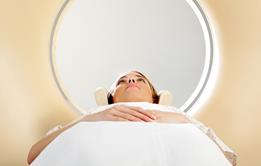
How minor investment could transform the ageing asset base of the NHS
- 1
- 2
- Currently reading
Good buy to equipment: Purchasing and disposing of technology





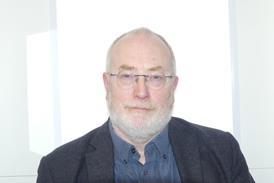
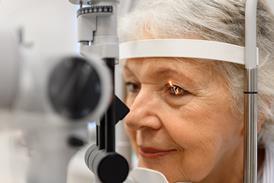
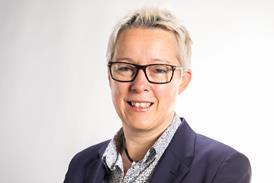
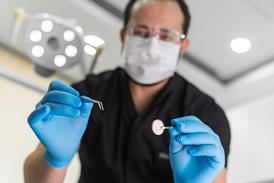






















No comments yet